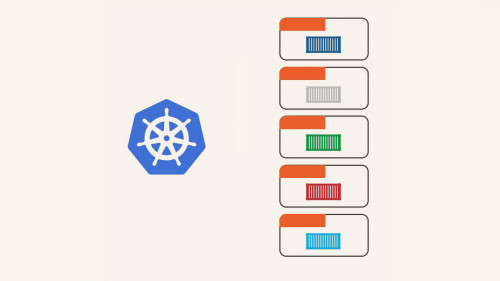
PluralSight – Kubernetes Package Administration with Helm Bookware-KNiSO
English | Size: 114.62 MB
Category: Tutorial
Release Notes: Helm is a package manager for Kubernetes. With it, applications are bundled into charts which makes it easy to build install, upgrade, and share complex Kubernetes applications In this course, Kubernetes Package Administration with Helm you will learn gain the foundational knowledge to manage Kubernetes packages with Helm. First, you will learn how to set up your local environment to work with Helm, how to install Helm, and then how to configure it. Next, you will discover how to explore Helm releases by deploying a Helm chart, upgrading the application running within a release rolling back that upgrade, and then exploring Helm Charts themselves. Finally, you will explore Helm Repositories You will learn how to package a custom Helm Chart and then push that Chart to a Helm repository running on your local machine. Then you will learn how to create a remote Helm repository and push a custom Chart to it. By using Helm Repositories you’ll be able to easily share your applications. When you are finished with this course, you will have the skills and knowledge of Helm needed to manage Kubernetes packages

